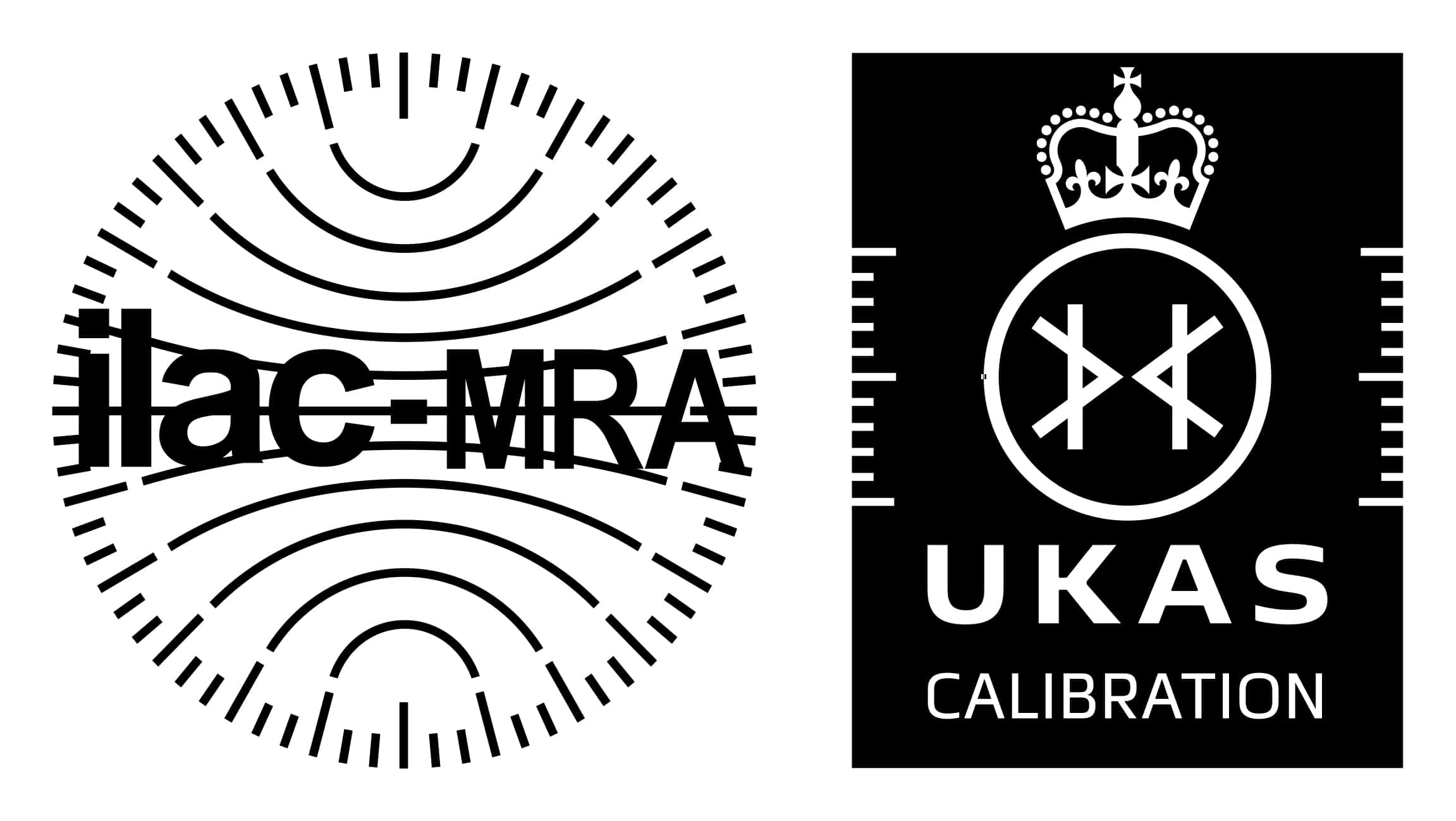Uniform Standard Of Length
The natural standard for the metre is defined as the length of the path travelled by light in a vacuum during a time interval of 1/299 792 458 of a second
Metrology Length
In order that the standard of length is uniform throughout Europe the National Metre is transferred from an Interferometric Measurement to one of Mechanical Comparison via the UKAS organisation and their approved laboratories. This entails the use of Reference Grade Gauge Blocks being used to calibrate lesser grades of Gauge Blocks with, what is to all intents and purposes, a very accurate Comparator.
A Gauge Block Deviation Chart is produced by the Calibration Laboratory which lists all the Gauge Blocks within the Set being used and their deviation from the nominal stated size.
When using Gauge Blocks for very accurate measurements, note should be taken of the deviations stated and the Gauge Block Build Up should be amended accordingly.
The Grade of Gauge Blocks being used is to a large extent dictated by the measurement accuracy needing to be attained and upon the limits imposed upon the work being performed. For example in a foundry where the limits of accuracy are rarely closer than +/- 1/64" then a standard Steel Rule may well suffice, however in a manufacturing environment where an accuracy of 0.000 1" is required then a much more accurate reference is needed, thus it is usual for the manufacturing area of a company to be provided with Gauge Blocks of a suitable grade.


